Our projects aren’t far from Amboseli National Park, known by many as the “Home of the African Elephant.” Elephants affect nearly every aspect of life for the Maasai communities we serve. But this isn’t new—all across the region, the human-elephant conflict has been ongoing since the dawn of man.
The human-elephant conflict arises in our work because elephants love fresh, cold borehole water, freshly grown crops, and new toys (such as plastic water tanks). Therefore, elephants are critical in our project design, development, and implementation. Here, we’ll explain how these majestic creatures impact our projects.
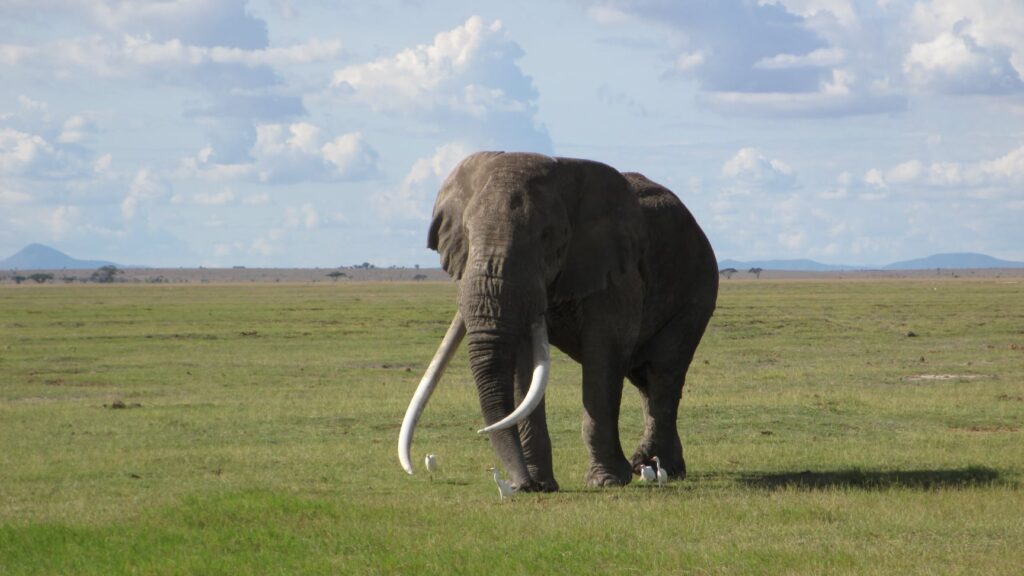
Humans & Elephants — Friends or Foes?
It’s said that elephants were the original road-makers. Over the past 6 million years, these animals busted their way out of the deeply-forested jungles of central Africa, knocking down everything in their path. Some elephants remained in the open grasslands while others kept going into new territories. The paths forged by these massive animals allowed other species, like early humans, to travel out of Africa and into the Middle East, Europe, and Asia.
Elephants led the way. We followed—at a healthy distance.
It turns out that elephants and humans have many of the same needs, the most critical of which is water. Elephants can smell water up to 12 miles away, making them exceptional guides towards this life-sustaining resource.
However, when humans began growing food and transitioning from hunter-gathers to farmers, the human-elephant conflict intensified. Being herbivores, elephants are always eager to splurge on an open field of freshly grown crops. Farmers were forced into a compromising choice—do I kill this elephant or feed my family? This age-old conflict is still present everywhere humans and elephants coexist, and Kenya’s no exception.
The desire for elephant tusks further threatened the species. After ivory harvesting was outlawed, poaching grew rapidly. A global effort to save elephants began, and conservation organizations were formed to protect these precious animals. In our area, the Kenya Wildlife Service, Amboseli Ecosystem Trust, Save the Elephants, International Fund for Animal Welfare, Amboseli Trust for Elephants, Maasai Wilderness Conservation Trust, and World Wildlife Fund all safeguard elephants and their livelihoods. But conflicts—and ways of preventing them—persist, as necessary considerations for Maasai communities and those who help them develop.
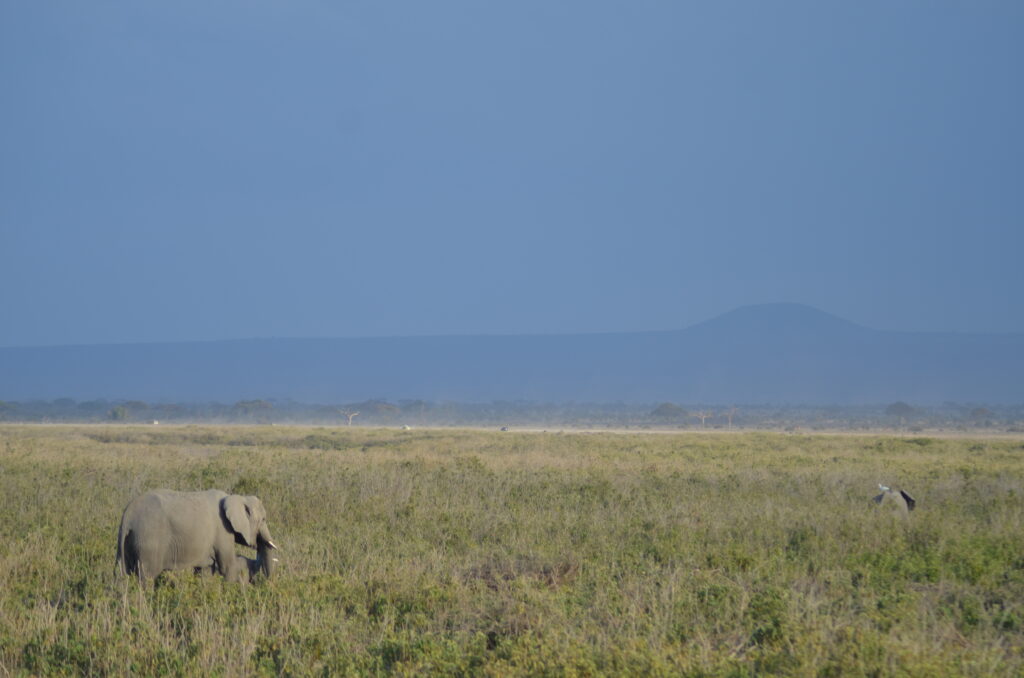
Elephants and Agriculture
Elephants raid crop fields, destroy expensive fences, and break into storehouses where harvests are kept. All of this increases conflict and creates risky environments for communities. Farming with elephants nearby is nearly impossible, which is why we don’t use community boreholes to water crops.
There are several emerging solutions to this problem. In partnership with an outside organization, the communities around Imisygio and Imurtot constructed an electric fence around their farmlands. It’s mostly worked, though a hungry elephant can breach almost any fence. The downsides are that the fence only surrounds a small region, was very expensive to install, requires constant outside investment to maintain, and doesn’t eliminate conflict.
Another series of solutions has promise, but currently it’s not scalable. Save the Elephants has shown that putting beehives around the perimeter of a farm is a strong deterrent; however, this too requires constant upkeep and a healthy environment for bees, something not guaranteed in southern Kenya. Another idea is planting hot peppers around the perimeter—elephants don’t like spicy smells. Again, it’s hard to deter a hungry elephant.
The safest way to prevent elephants from destroying a farm is to not have a farm. This is a reason why many Maasai keep livestock. Go figure, elephants just don’t find cattle all that interesting.
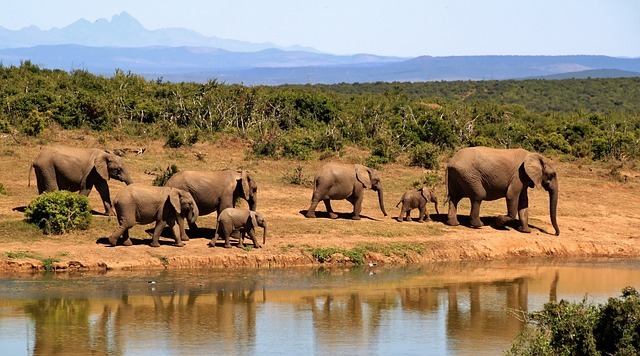
Borehole Infrastructure
The cost of a community borehole is $80,000 – $100,000. This is a great investment on behalf of our community of givers as well as the community receiving the well, as we require some form of buy-in on their part. But why are our water projects so expensive compared to other clean water organizations’ projects?
There are two main reasons:
- The water table in this area is deep, with some of our projects reaching 300 meters during drilling. Pulling water up from so far beneath the surface requires a strong pump, generator, and infrastructure to house these materials.
- Elephants will destroy weak construction. Sheet metal, drywall, or plastic will never last if an elephant encounters it, so concrete construction is essential at each of our borehole projects.
Sturdy, reliable hardware is an expensive but critical step for a sustainable WASH project. Saving money on one step could result in a system failure, leaving the community without water for weeks at a time. It’s better to invest upfront to ensure the water stays on.
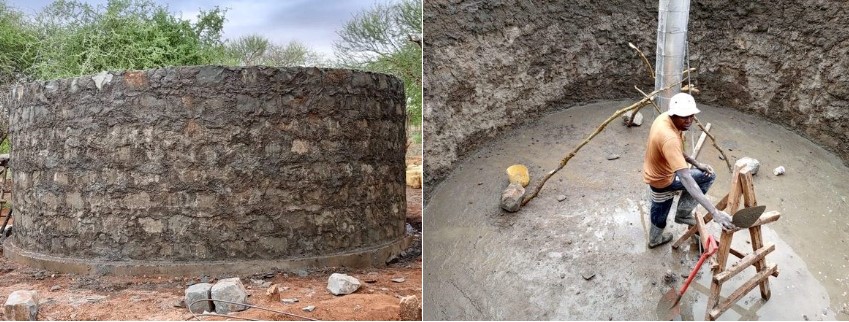
Elephants Make Us Stronger
Most of the time, human-elephant conflict is viewed negatively. But we believe that these animals deserve our respect. It’s up to us to figure out how to prevent elephants from destroying our projects, and maybe even have enough water in the tank to give them a drink if they mosey by our projects one day.
The great power of these animals has required us to build projects and water systems that last. 82% of our projects are still online, compared to the global average of about 35%. We can credit some of that success to the stoic, ingenious masters of this environment. Elephants are animals we can respect and learn from, if we allow them to teach us.
It’s because of elephants that humans had roads to spread across the earth. It’s because of elephants that Water is Life Kenya has learned to build projects that last. And it’s because of elephants that we have learned the value of protecting endangered animals and the beautiful world they live in.
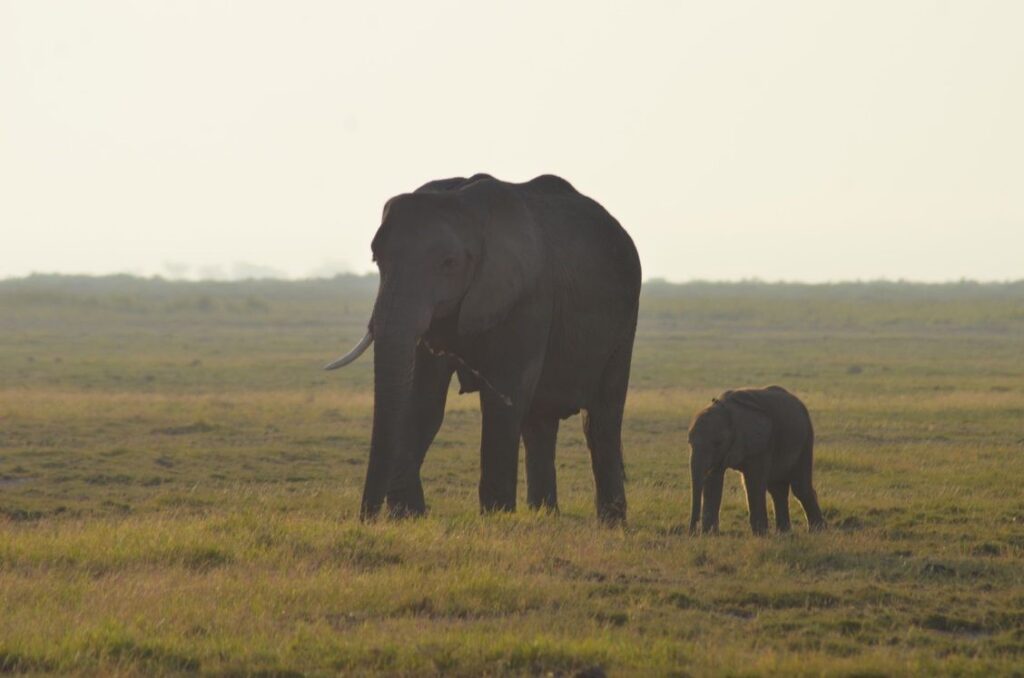
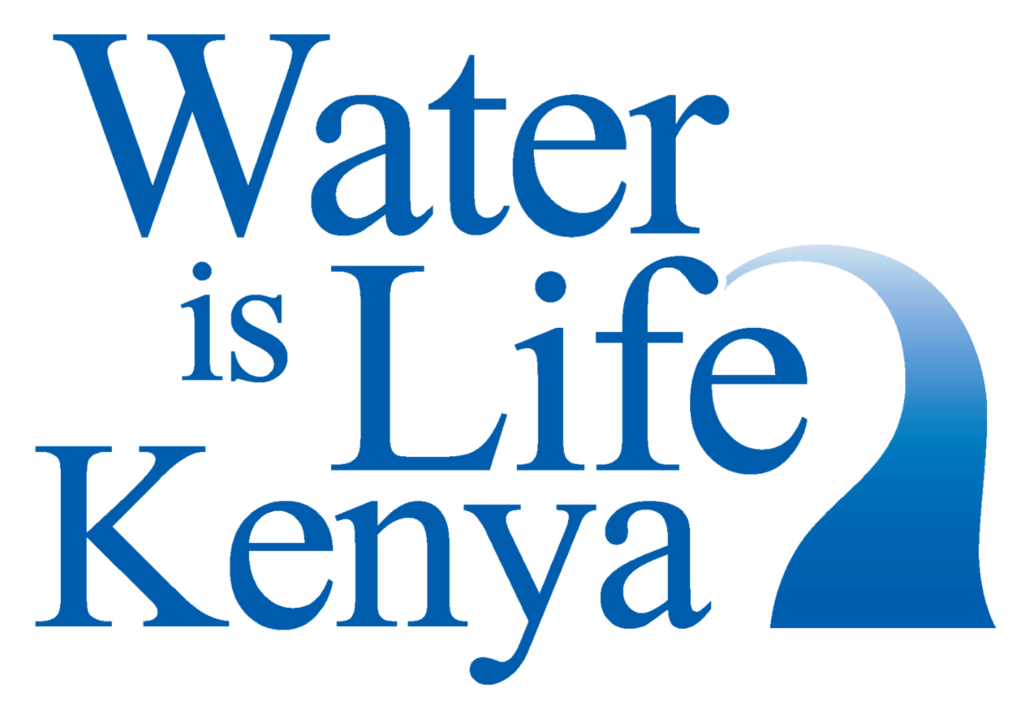
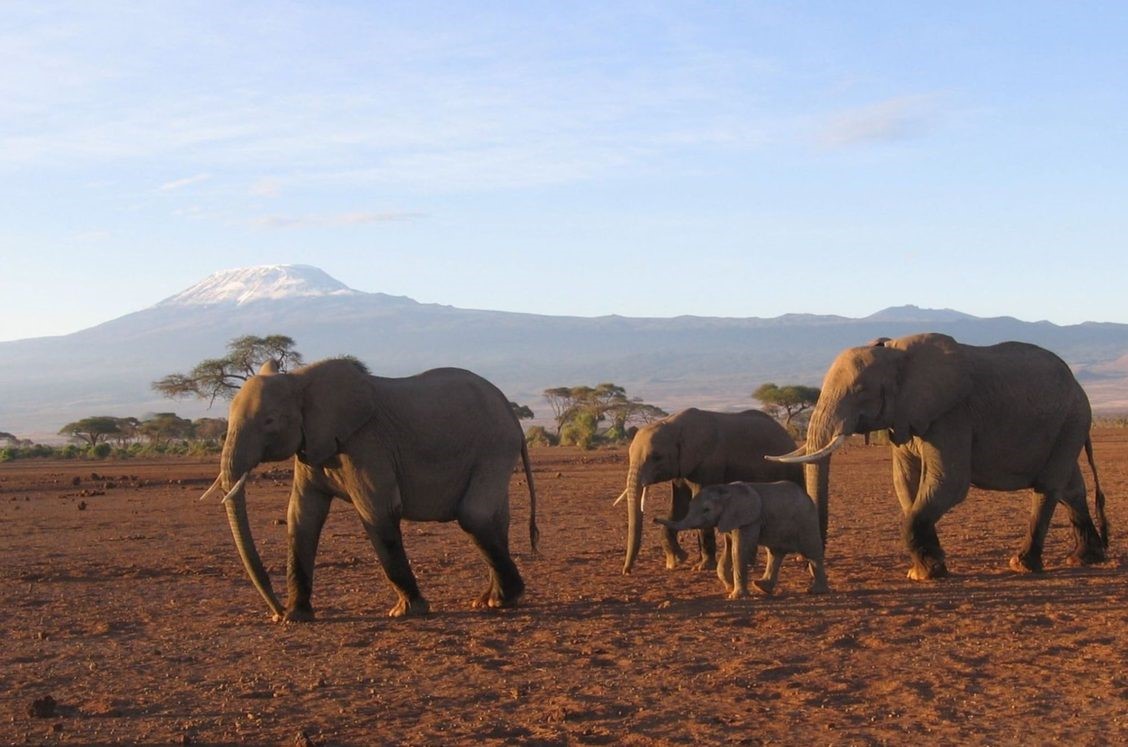
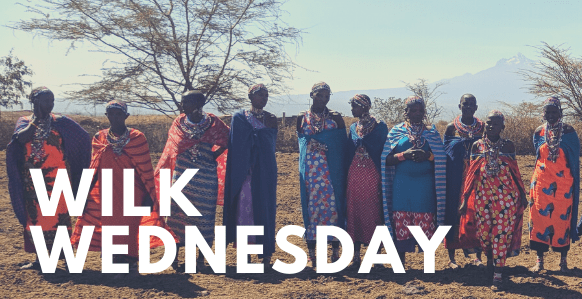
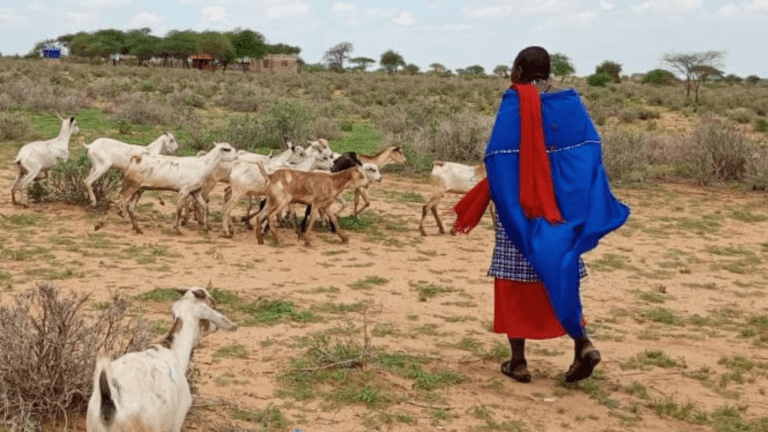
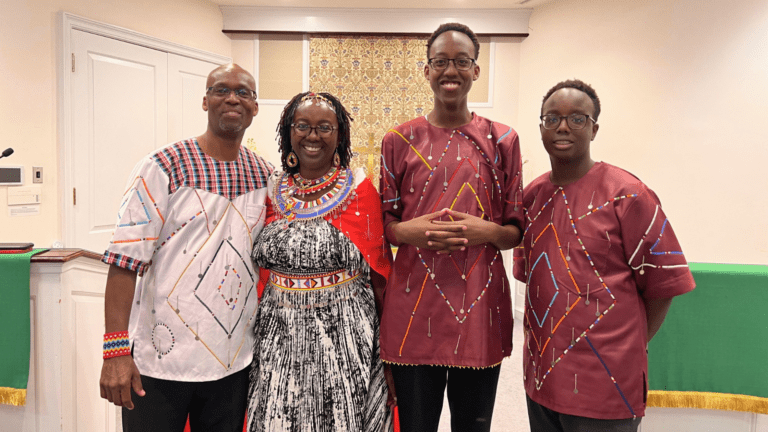

Pingback: Preserving Kenyan Wildlife and Vegetation
Pingback: How Much Do Water Wells Cost? | Water is Life Kenya
Pingback: Animals, LAB, and Maasai Traditions
Pingback: Partner Spotlight: Global Linkages